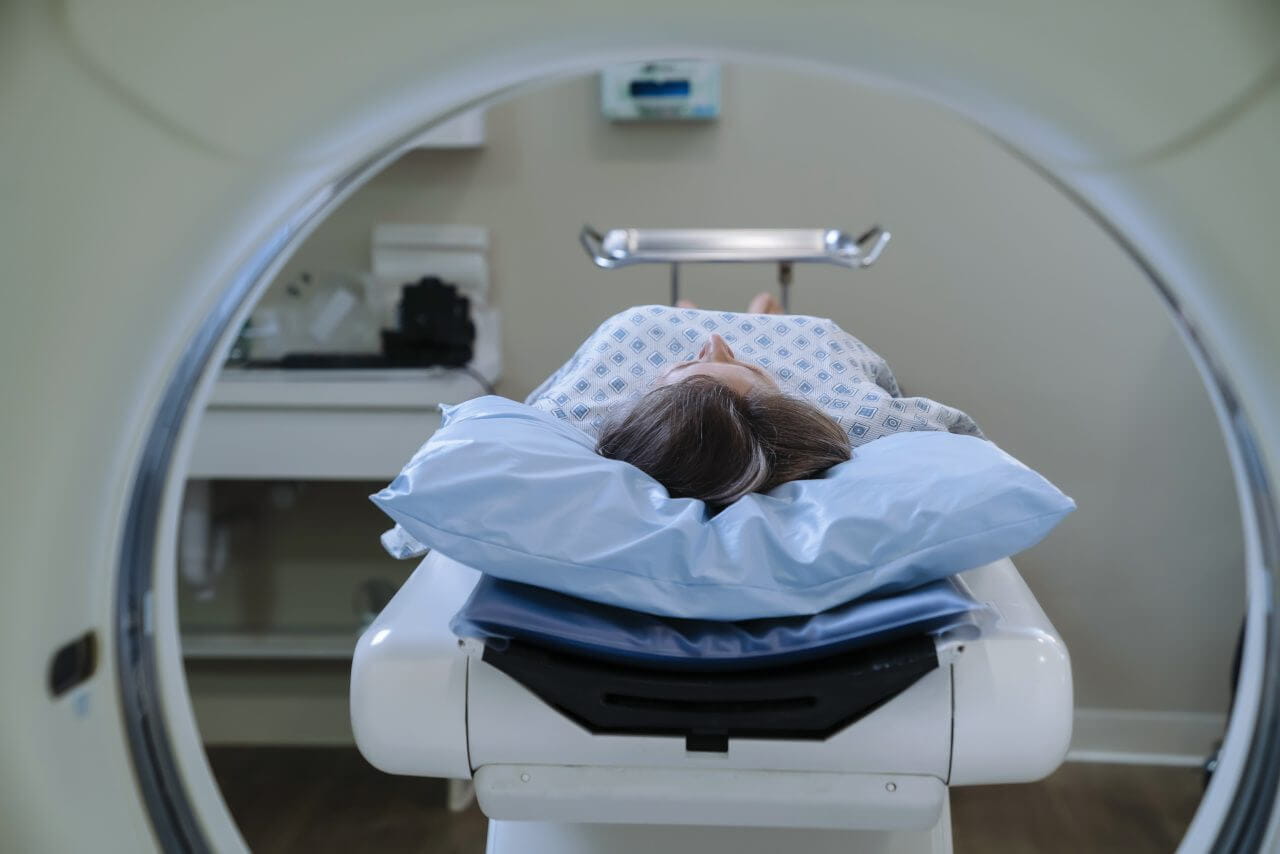Healthcare has transformed as a result of medical imaging. Images of your internal organs and structures are possible using a range of imaging technologies. Finding abnormalities and diagnosing diseases is easier now because of this. These machines use electromagnetic radiation to create images of bones and other structures in the body.
Ultrasound is also an increasingly popular diagnostic imaging technology for diagnosing fetal abnormalities during pregnancy or checking for prostate cancer among men. A sonogram uses high-frequency sound waves that bounce off internal organs and tissues creating visualizations on monitors. In recent years, medical imaging has significantly impacted disease diagnosis and treatment, resulting in more accurate diagnoses that lead to better patient outcomes from treatment interventions.

One area where medical imaging in Sparta, NJ has proved invaluable is in detecting cancers earlier than ever increases survival rates significantly when treated early enough. Mammography is effective in detecting breast cancer at an early stage. A timely diagnosis and treatment of this disease at an early stage increase the likelihood of success. CT scans also be used to identify tumors in other parts of the body, such as lung or pancreatic cancer. Allows doctors to monitor disease progression more effectively – as a result, they adjust treatment strategies accordingly. For example, patients with a heart condition may undergo regular stress tests that involve medical imaging to check how their hearts perform over time. Invasive surgeries can be reduced. There may have been a need for surgery previously to diagnose certain conditions, nowadays, with medical imaging technologies like MRIs or CT scans available, physicians often diagnose these conditions non-invasively.
Effective diagnosis of diseases will be medical imaging a crucial component during the treatment planning process. It provides detailed information about internal structures and helps doctors determine what is most appropriate given an individual’s unique circumstances. For complex fractures or joint injuries, a surgeon will use medical imaging technology like X-rays or MRI scans to create 3D models of bones and joints to plan surgical interventions more accurately. Because radiation therapy for cancer depends on precise targeting of tumor cells medical imagery helps ensure accurate delivery while minimizing damage caused by radiation exposure on healthy tissues surrounding tumors.